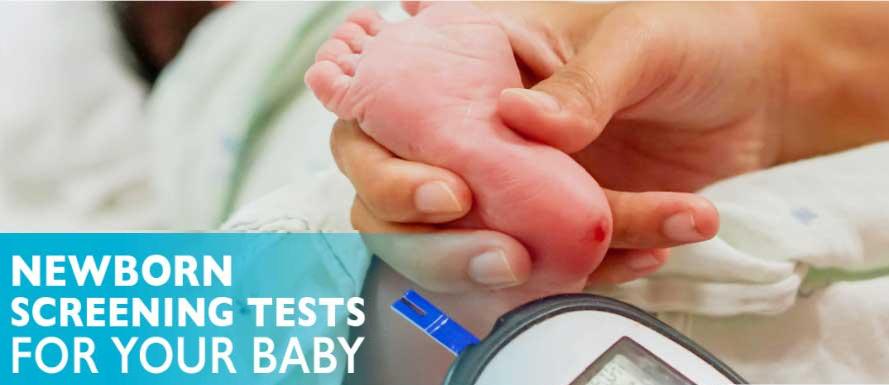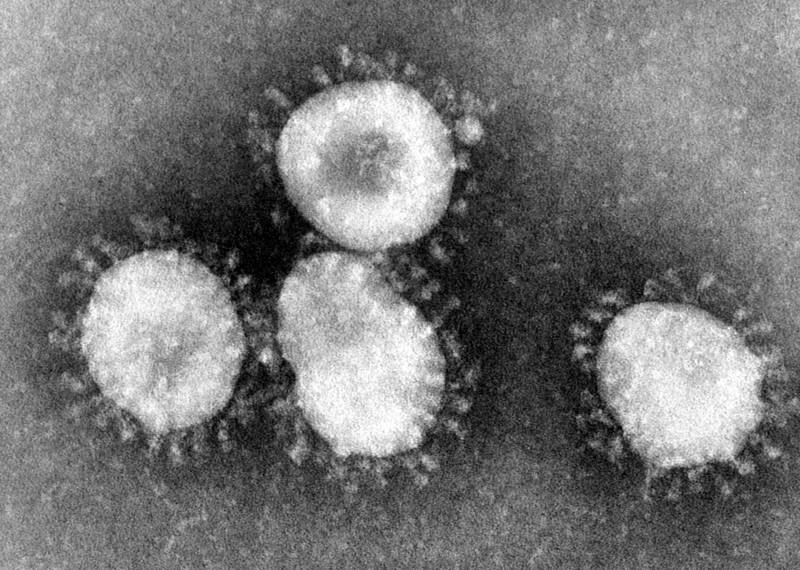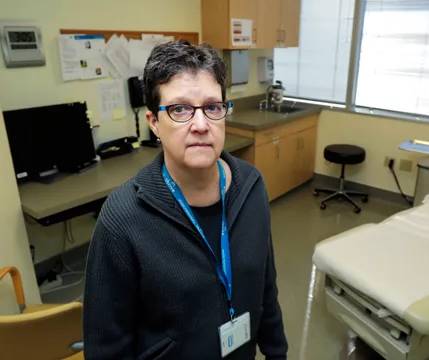AHRQ: $25.3 billion spent for kidney disease treatment every year
Overall, an average of 3.7 million adults in the United States were treated for kidney disease each year between 2003 and 2007, according to the latest News and Numbers from the Agency for Healthcare Research and Quality. Kidney disease can lead to renal failure and may be caused by diabetes, high blood pressure and heart disease.
The federal agency also found that:
• Spending for kidney disease treatment averaged $25.3 billion (in 2007 dollars) a year from 2003-2007.
• About half this amount ($12.7 billion) paid for outpatient care, while $9.1 billion went for hospitalizations, $1.5 billion for emergency room care and $1.4 billion for prescription drugs.
• Annual per-person costs for averaged $16,315 for hospitalizations, $4,581 for outpatient care, $1,607 for emergency department care and $643 for prescription drugs.
• Medicare paid roughly one-fifth of overall kidney treatment expenses for people ages 18 to 64 through its End-Stage Renal Disease program, which covers kidney dialysis and transplants for people of all ages. Medicare also covered two-thirds of kidney disease treatment for people age 65 and older.
• Medicaid paid for nearly 14 percent of the kidney disease treatment care of patients ages 18 to 64 and roughly 8 percent of patients age 65 and older.
AHRQ, which is part of the U.S. Department of Health and Human Services, improves the quality, safety, efficiency, and effectiveness of health care for all Americans. The data in this AHRQ News and Numbers summary are taken from the Medical Expenditure Panel Survey (MEPS), a detailed source of information on the health services used by Americans, the frequency with which they are used, the cost of those services, and how they are paid.
Source : Agency for Healthcare Research and Quality









Post Comment
You must be logged in to post a comment.